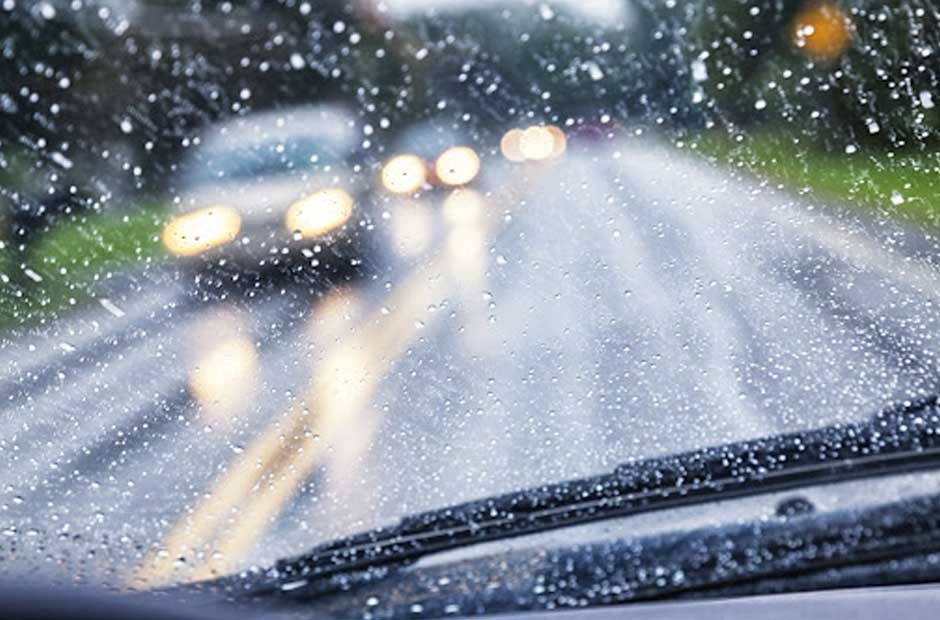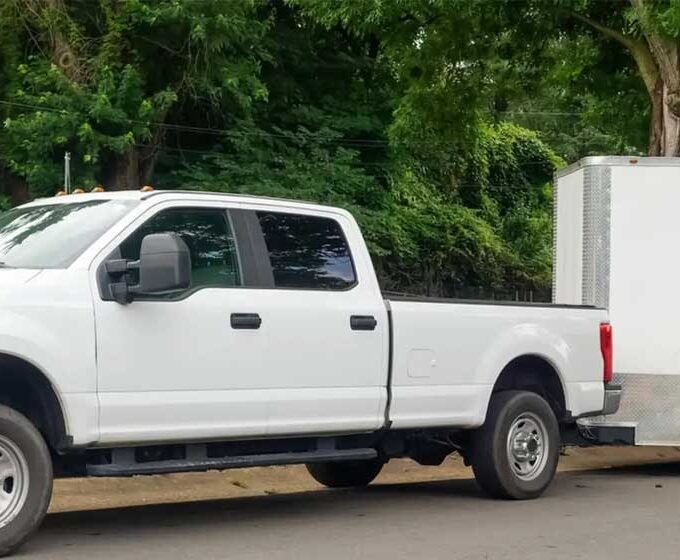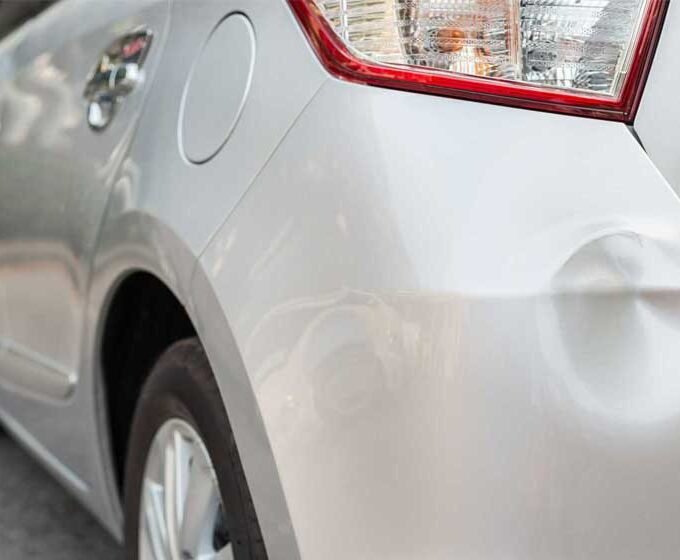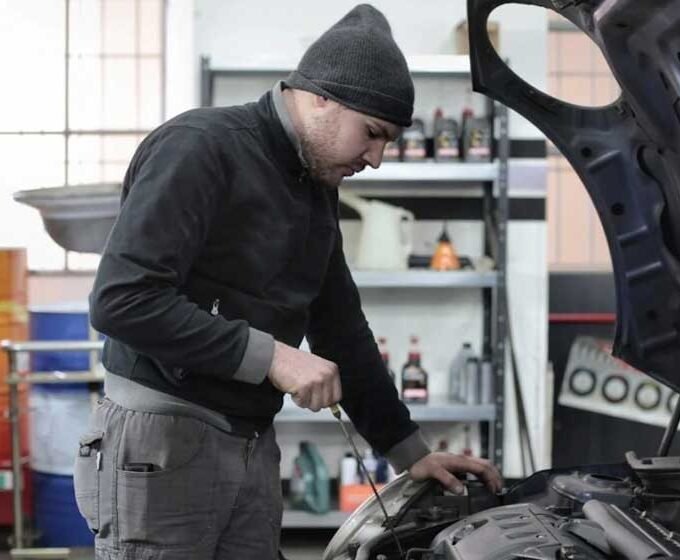Driving in hailstorms can be a daunting experience. The combination of limited visibility, slick roads, and the potential for vehicle damage creates a perfect storm of challenges for drivers.
However, with proper preparation and knowledge, you can navigate these treacherous conditions safely.
This article will guide you through essential tips for surviving a hailstorm while driving, helping you protect both yourself and your vehicle.
Understanding the Risks
Hailstorms present multiple hazards that can compromise driving safety. The most immediate risk is the physical damage hailstones can cause to your vehicle, which can be substantial. From cracked windshields to dented hoods, the cost of repairing hail damage can quickly add up, placing a significant financial burden on vehicle owners.
Additionally, hail can reduce visibility and make roads slippery, increasing the likelihood of accidents.
Preparing for Hailstorms
Preparation is key to safely navigating hailstorms. Start by staying informed about the weather forecast, especially during seasons when hail is more common. If a hailstorm is predicted, try to delay your travel plans until the storm has passed.
If you must drive, ensure your vehicle is in good condition—check the brakes, tires, and windshield wipers. Equip your car with an emergency kit that includes essentials like a flashlight, blanket, first-aid supplies, and non-perishable food.
Safe Driving Practices During Hailstorms
When caught in a hailstorm, the primary goal is to minimize risks and find shelter. Here are some safe driving practices to follow:
Reduce Speed: Slow down to maintain better control of your vehicle. This will also reduce the impact force if you do encounter hailstones.
Increase Following Distance: Give yourself more room to stop by increasing the distance between your car and the vehicle in front of you. This is crucial as roads can become slippery.
Use Headlights: Turn on your headlights to increase your visibility to other drivers.
Pull Over Safely: If the hail is severe, find a safe place to pull over. Look for covered parking or an overpass to protect your vehicle from hail damage.
Stay Inside the Vehicle: Remain in your car until the storm passes. Hailstones can cause serious injury, so it’s safer to stay inside.
Protecting Your Vehicle
While driving in a hailstorm, protecting your vehicle from damage is challenging but not impossible. If you anticipate a hailstorm, consider using a car cover or hail blanket to shield your car. Parking in a garage or under a carport can provide significant protection.
If you’re on the road and unable to find covered parking, positioning your car at an angle to the hail can minimize the surface area exposed to hailstones.
Post-Hailstorm Assessment
After a hailstorm, assessing your vehicle for damage is essential. Inspect the exterior for dents, cracks, and broken glass. Pay particular attention to the roof, hood, and trunk, as these areas are most vulnerable.
Document any damage with photos for insurance purposes. If you find significant damage, you might wonder, Should I repair hail damage on my car? The answer often depends on the extent of the damage and your insurance coverage. Minor dents might be purely cosmetic, but cracks in the windshield or damage affecting vehicle performance should be addressed promptly.
Conclusion
Driving in a hailstorm is a hazardous experience that requires caution, preparation, and quick thinking. By understanding the risks and taking proactive measures, you can reduce the likelihood of accidents and minimize the damage to your vehicle. Always prioritize safety by staying informed about weather conditions, driving carefully, and protecting your car. After the storm, thoroughly assess your vehicle for damage and decide whether repairs are necessary based on the severity and insurance considerations.
Remember, the cost of repairing hail damage can be significant, so taking preventative steps can save you both time and money in the long run. Stay safe and prepared, and you’ll be better equipped to handle the challenges of driving through a hailstorm.
















